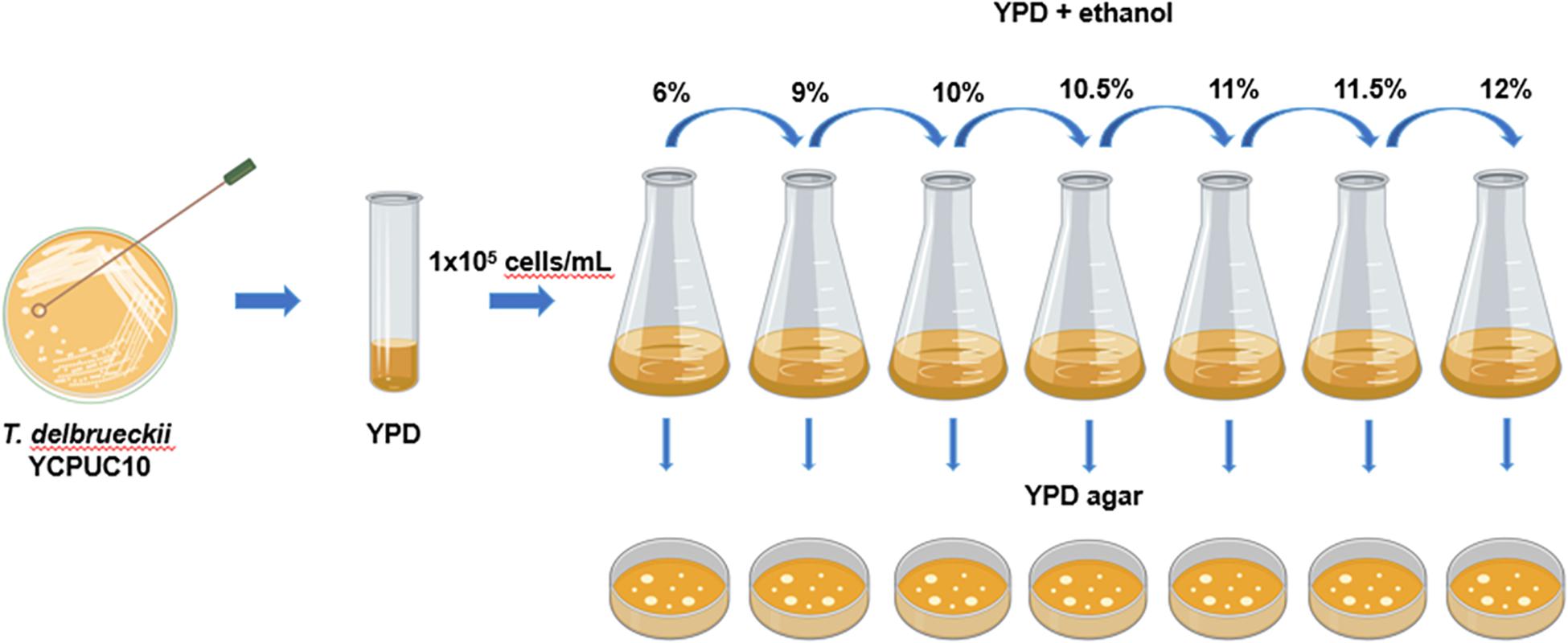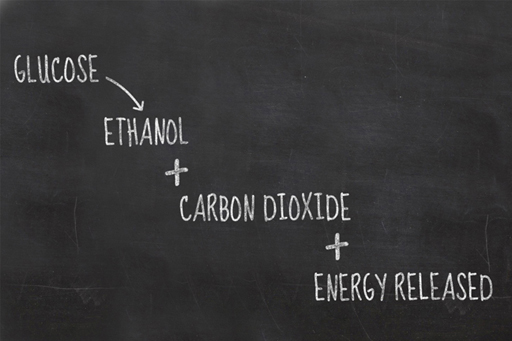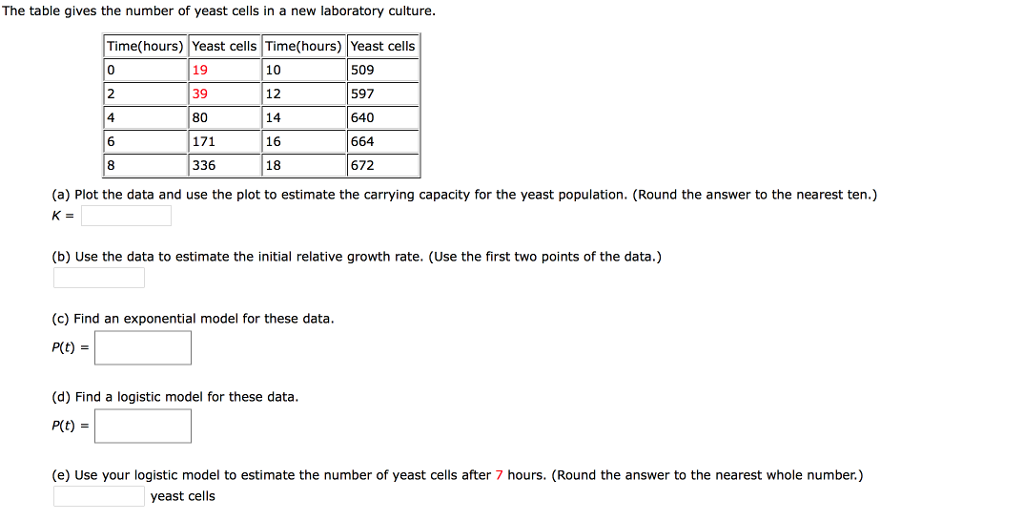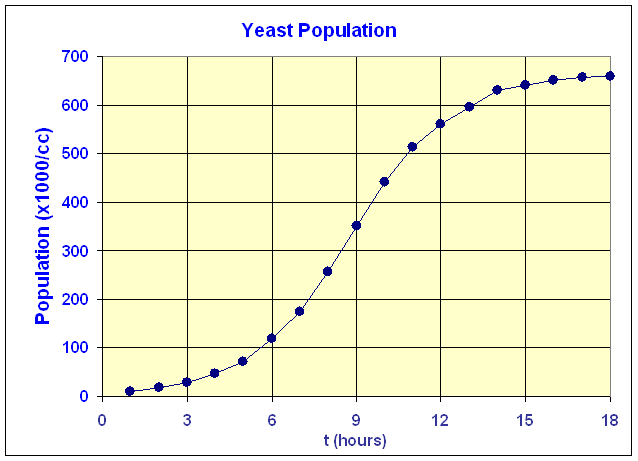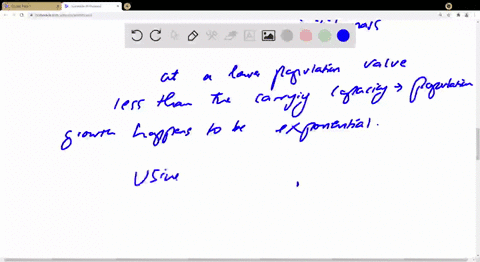Yeast is a type of fungus that is commonly used in various applications, including baking, brewing, and biofuel production. One of the key factors that can affect the growth and productivity of yeast is the size of its population. In order to study yeast population growth, researchers can conduct a lab experiment using a yeast culture.
In a typical yeast population growth lab, the experiment begins by obtaining a sample of yeast cells and cultivating them in a nutrient-rich media, such as sugar water or malt extract. The yeast cells will consume the nutrients and reproduce, resulting in an increase in the size of the population.
To measure the growth of the yeast population, researchers can use a variety of techniques. One common method is to count the number of yeast cells at regular intervals using a microscope. Another method is to measure the amount of carbon dioxide gas produced by the yeast cells, as this is a byproduct of their metabolism.
There are several factors that can affect the growth rate of yeast populations in the lab. One important factor is the availability of nutrients. If the nutrients in the media are depleted, the growth rate of the yeast cells will slow down or stop altogether. Temperature is another factor that can impact yeast growth. Yeast cells grow best at a temperature of around 25°C, but their growth can be slowed or stopped if the temperature is too high or too low.
In addition to these factors, the pH of the media can also affect yeast growth. Yeast cells prefer a slightly acidic environment, with a pH of around 5.5. If the pH of the media is too low or too high, the growth of the yeast cells may be inhibited.
There are several ways that researchers can manipulate the conditions of the lab experiment in order to study the effect on yeast population growth. For example, they can alter the amount of nutrients in the media, change the temperature of the incubator, or adjust the pH of the media. By changing these variables, researchers can determine how they impact the growth of the yeast population.
Overall, the yeast population growth lab is a useful tool for studying the factors that affect the growth and productivity of yeast cells. By manipulating various variables and measuring the resulting changes in the size of the yeast population, researchers can gain insights into the optimal conditions for yeast growth and how to optimize yeast-based processes, such as baking and brewing.
